They hunted with nothing but grit, guts, and gunpowder—no GPS, no gadgets, no excuses.
Back in the 1800s, survival wasn’t a hobby. It was the only option. Hunters of that era didn’t rely on modern gear or fancy gear reviews. They relied on skill, patience, and instincts honed sharper than any blade.
And guess what? Many of their tricks still work like a charm.
Whether you’re into tracking deer, calling turkeys, or just love the wild thrill of the chase, these 14 old-school techniques are still getting the job done. They’re not just clever—they’re legendary. So, if you’re ready to learn from the ghostly whispers of the past, step into the woods with the wisdom of hunters who never missed a meal.
Camouflage Mastery
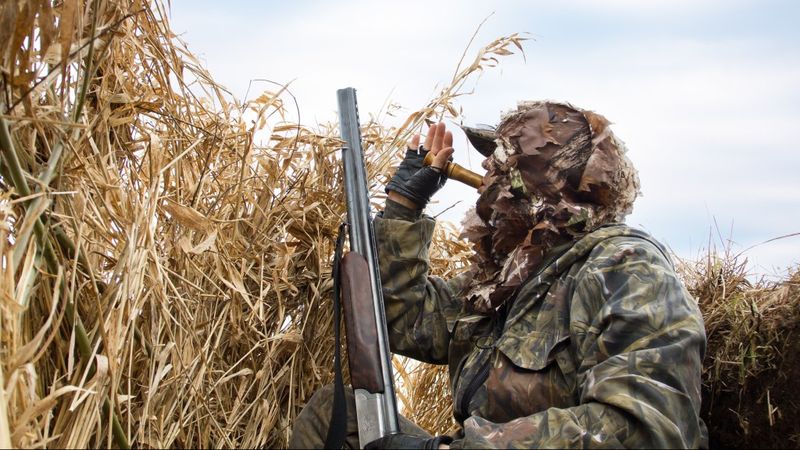
Camouflage has always been a hunter’s best friend. In the 1800s, mastery of this skill was crucial. Hunters wore clothes made from animal hides and natural materials, blending seamlessly with their surroundings. This technique allowed them to get close to their prey without being detected. The essence remains unchanged today. Modern hunters still rely on camouflage, whether through specialized clothing or natural cover. Hiding in plain sight, it’s an art that combines patience and skill. Thus, the ability to become invisible in nature continues to be a timeless tactic passed down through generations.
Animal Tracking
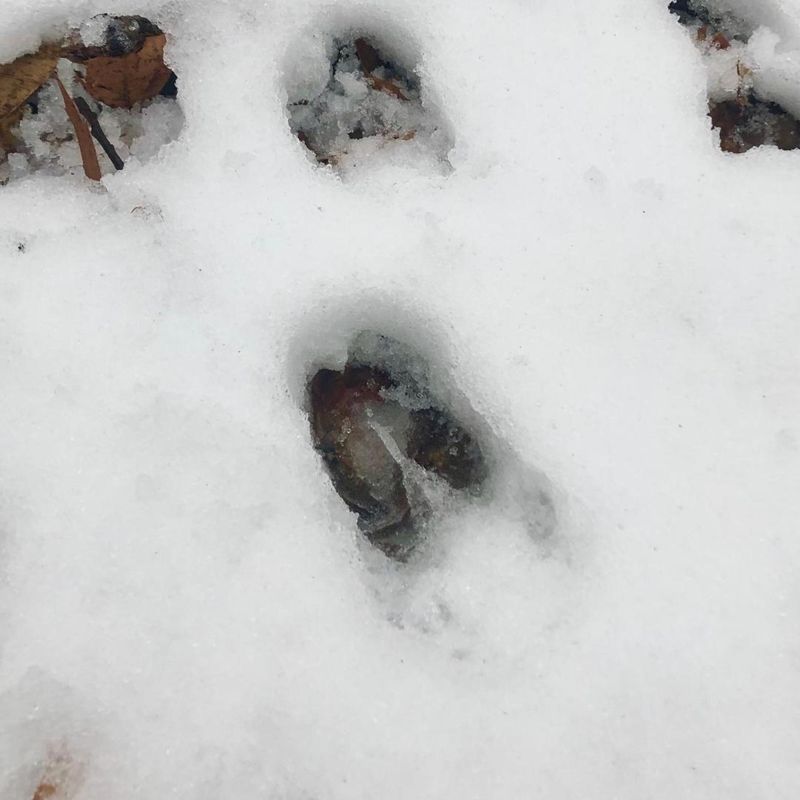
Tracking animals is a skill that requires patience and acute attention to detail. In the 1800s, hunters read the ground like a book, interpreting footprints, droppings, and broken branches to gauge the movement and behavior of their prey. This method, though centuries old, is still invaluable. Today, hunters use similar techniques, aided by technology but still rooted in the basics of observation and intuition. The thrill of the chase often starts with these initial clues, making tracking an indispensable part of the hunting journey.
Scent Masking

Scent masking has always been a crucial aspect of hunting. In the 1800s, hunters used natural elements like mud, plants, or smoke to disguise their scent. This method prevented animals from detecting them by smell, giving hunters an edge. Today’s hunters employ similar techniques, using scent-blocking sprays and clothing. Despite technological advancements, the principle remains the same—stay downwind and use the environment to your advantage. This ancient practice is a testament to the timeless nature of understanding and overcoming wildlife instincts.
Decoy Usage
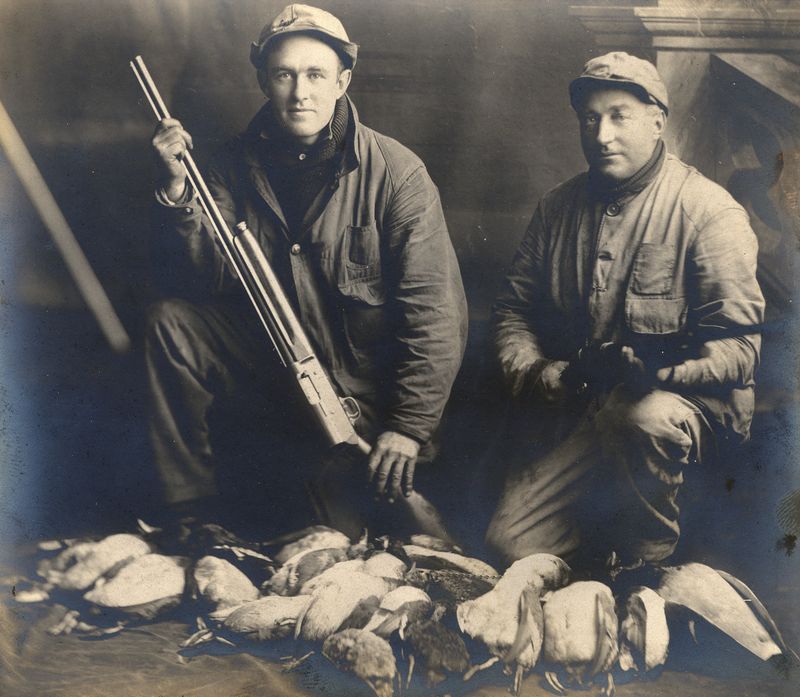
Decoys have played a pivotal role in luring game since the 1800s. Hunters crafted wooden models of ducks or other animals to attract their real counterparts. This practice draws on the curiosity and social nature of many species. In today’s world, decoys are more sophisticated, but the concept remains. By simulating the presence of their prey, hunters can effectively lure animals into range. The strategic placement of decoys continues to be a time-honored tradition, blending creativity with strategy.
Silent Movement

Moving silently through the forest was a crucial skill for 1800s hunters. Avoiding dry leaves, twigs, and making no sudden movements ensured they remained undetected by wary animals. Today, hunters still practice this art, emphasizing stealth and smooth, controlled movements. The ability to move without a sound is critical in getting close to prey. It showcases a deep understanding of one’s surroundings, making silent movement a perpetual skill in successful hunting endeavors.
Bow Hunting
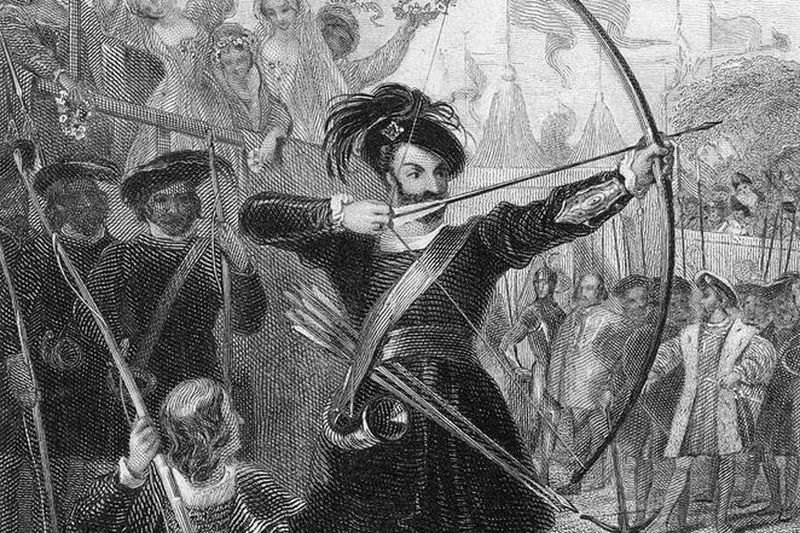
Bow hunting has ancient roots, yet in the 1800s, it was refined into an art form. Precision, patience, and the ability to remain perfectly still were crucial. Hunters relied on their skills to close the distance and deliver a clean shot. Today, bow hunting remains popular, combining traditional techniques with modern equipment. The bow and arrow symbolize a connection to our ancestors, where the quiet release of an arrow brings both challenge and satisfaction. This age-old practice still captivates hunters worldwide.
Blinds and Shelters
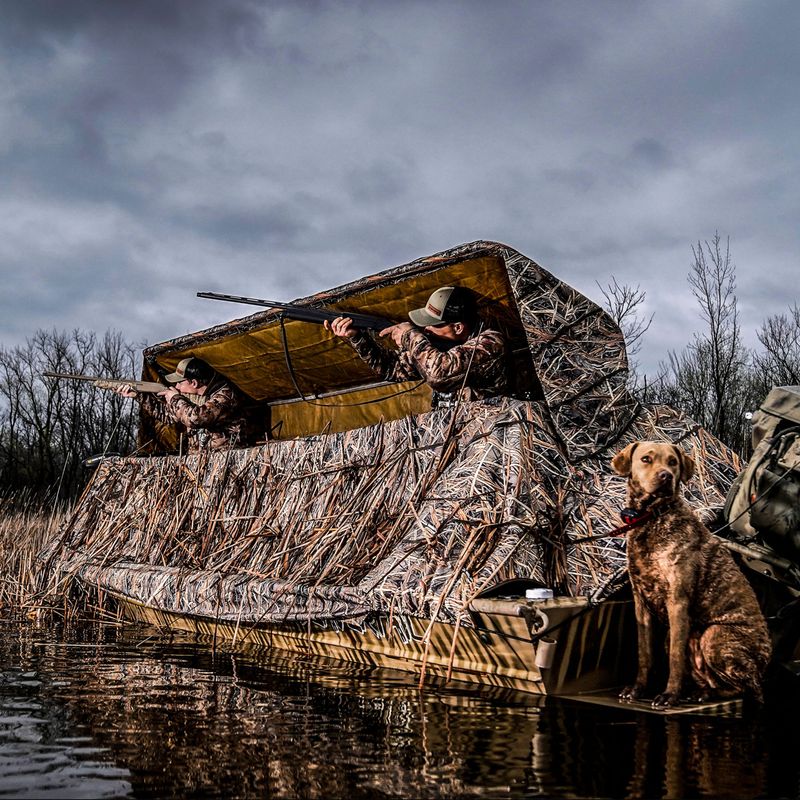
Creating blinds and shelters is about more than just hiding—it’s about strategic positioning. In the 1800s, hunters crafted blinds from natural materials like leaves and branches to remain concealed. They understood the importance of location, selecting sites with clear views and favorable winds. Modern hunters continue this tradition, using portable blinds and camouflaged tents. The principles remain unchanged—stay hidden, choose the right spot, and wait for your opportunity. This technique underscores the hunter’s patience and strategic thinking, both then and now.
Baiting Techniques
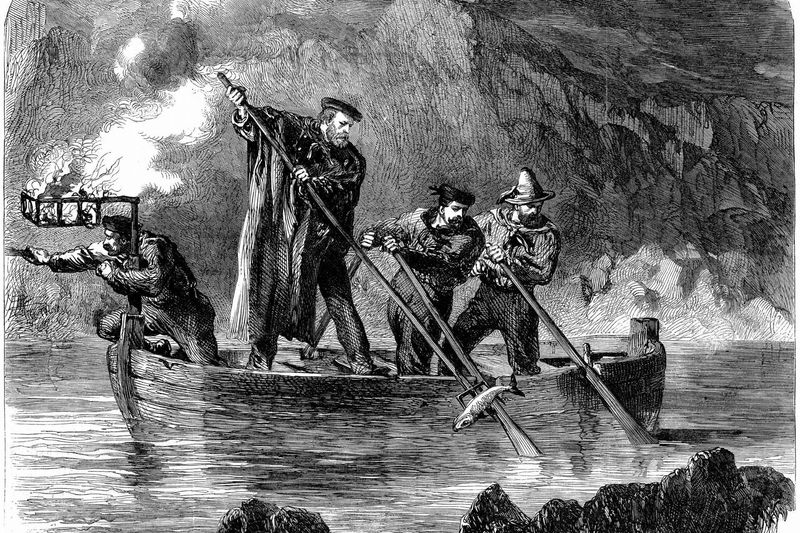
Baiting was, and still is, a powerful tool to draw animals into proximity. Hunters in the 1800s used baits like fruits, meats, or scents to attract their quarry. This method requires knowledge of animal behavior and dietary preferences. Today, baiting is enhanced with technology and regulations, yet the core idea persists. It’s about understanding your target and using that insight to your advantage. Baiting remains a blend of science and art, reflecting the timeless nature of human ingenuity in hunting.
Understanding Animal Behavior

A hunter’s success often hinges on understanding animal behavior. In the 1800s, this meant studying migrations, feeding habits, and social structures. Knowledge of when and where animals were most active informed hunting strategies. Today, this understanding is enriched by modern science, yet the basics remain. Observing and interpreting animal actions is crucial to predicting movements and planning hunts. This timeless technique highlights the synergy between hunter and environment, a relationship that remains essential in modern pursuits.
Using Calls
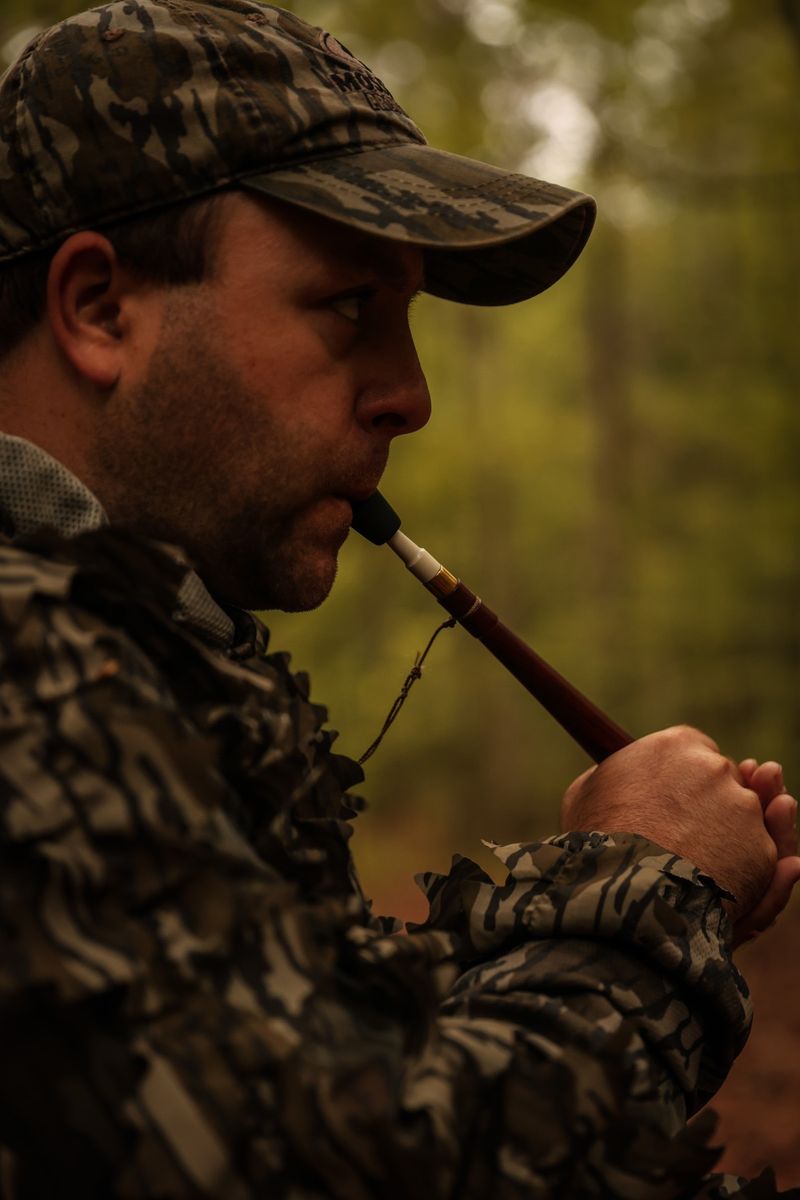
Mimicking animal sounds is an ancient technique that flourished in the 1800s. Hunters used calls to attract or locate game by imitating mating calls, distress signals, or social sounds. This required skill and practice to sound authentic. Today, calls are sophisticated, yet the essence remains: mimicry as an effective lure. By understanding the language of wildlife, hunters can bring animals within range. This connection between sound and strategy underscores the enduring nature of this crafty technique.
Firearms Proficiency
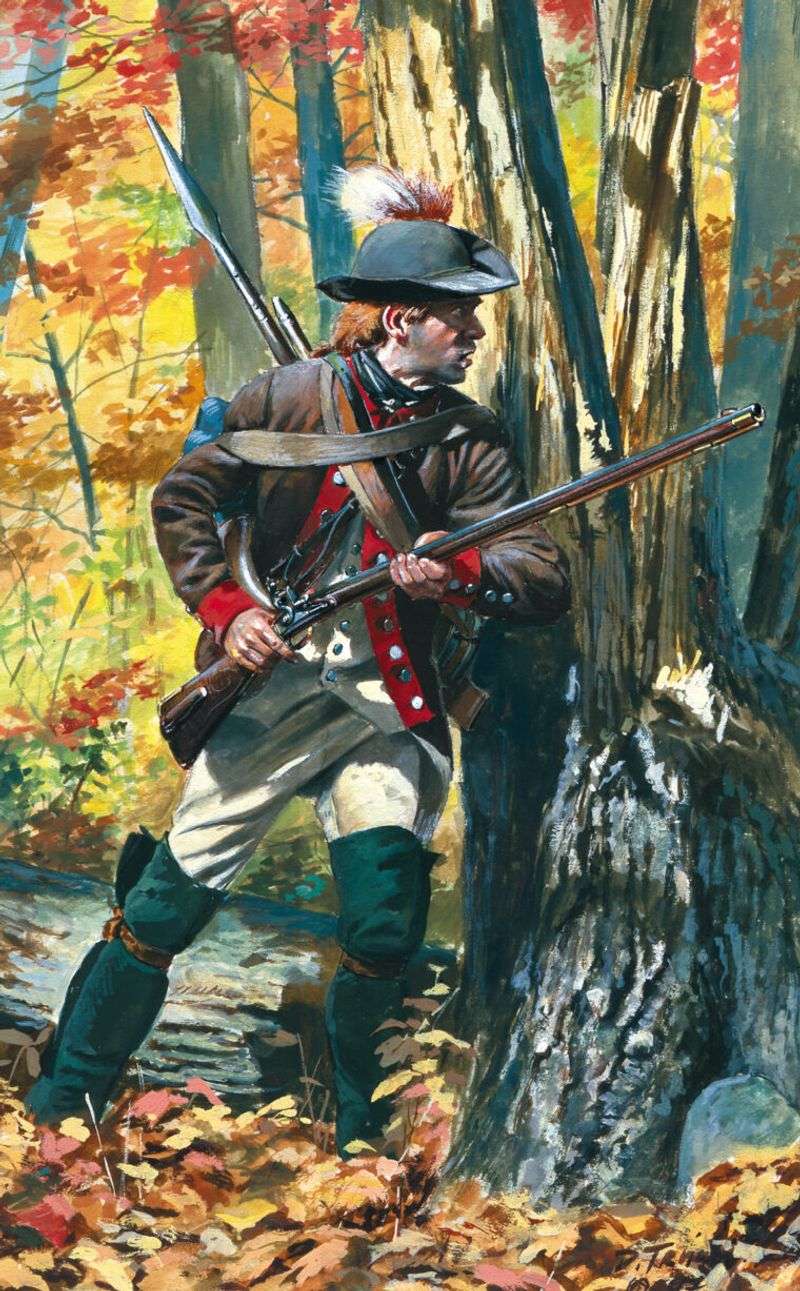
Proficiency with firearms was essential for 1800s hunters. It required not just skill, but consistent practice to ensure accuracy and safety. Hunters needed to understand their weapon’s mechanics and limitations. Today, firearm proficiency remains vital, with advanced guns and improved safety standards. Yet, the principles of marksmanship—steady aim, breath control, and trigger discipline—are unchanged. Mastery over one’s weapon is a timeless requirement, connecting past and present hunters in their pursuit of excellence and sustainability.
Trap Setting
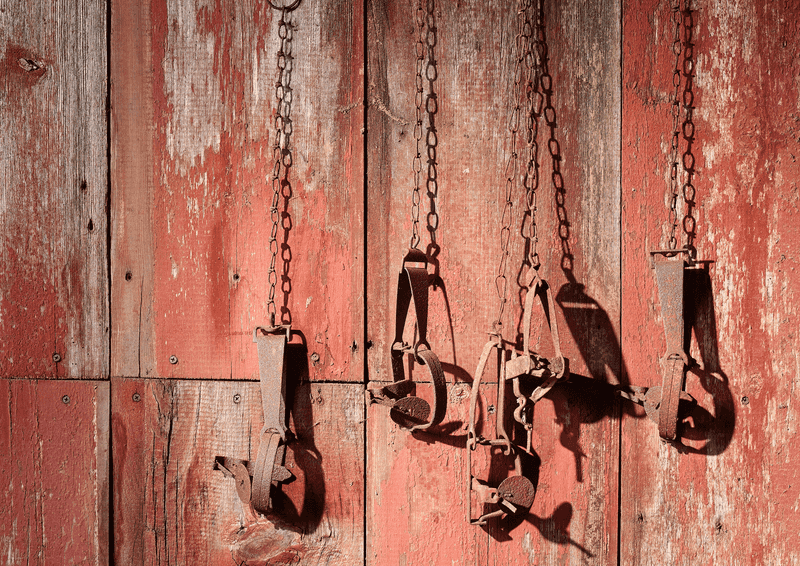
Trapping was a critical method for 1800s hunters, providing food and fur. Setting traps required knowledge of animal pathways and behaviors. It was a skill of patience and precision, ensuring the trap was both effective and humane. Today, trapping is more regulated but still follows these timeless techniques. Understanding movement patterns and selecting appropriate locations remain key. This method underscores the hunter’s adaptability and foresight, mirroring the resourcefulness of our ancestors in utilizing available resources wisely.
Using Dogs for Hunting
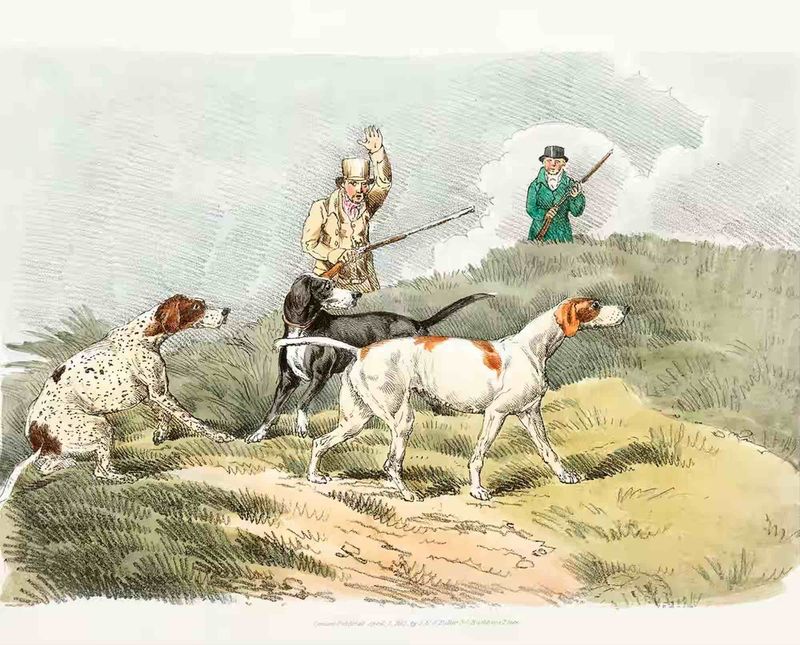
Dogs have been companions in hunting long before the 1800s, but this era saw refinement in training techniques. Hunters relied on dogs for tracking, retrieving, and flushing out game. Their keen sense of smell and loyalty made them invaluable partners. Today, hunting dogs are bred for specific roles, maintaining the bond between human and animal. Whether pointing, retrieving, or trailing, their contribution to hunting is timeless. This partnership reflects a harmonious relationship, where both hunter and dog understand the nuances of the hunt.
Reading the Weather
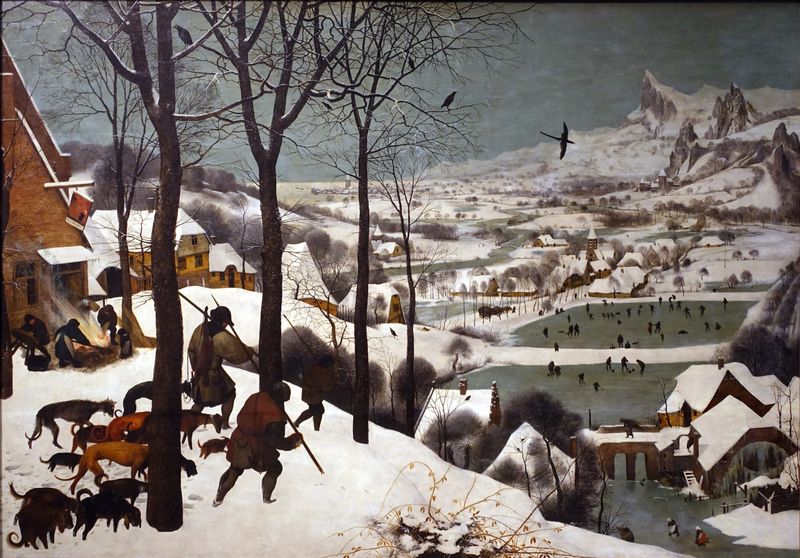
Understanding weather was pivotal in planning hunts in the 1800s. Hunters relied on signs like cloud formations, wind direction, and temperature changes to predict conditions. This knowledge ensured they could hunt safely and effectively. Modern technology aids with forecasts, yet traditional weather reading remains relevant. Recognizing natural indicators allows hunters to adapt to changing environments swiftly. Such skills reflect a deep connection with nature’s rhythms, embodying a timeless element of hunting strategy. This foresight and adaptability remain crucial for successful expeditions.

